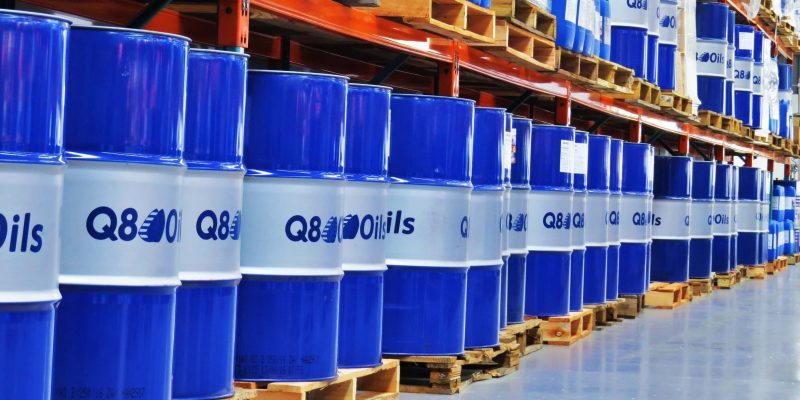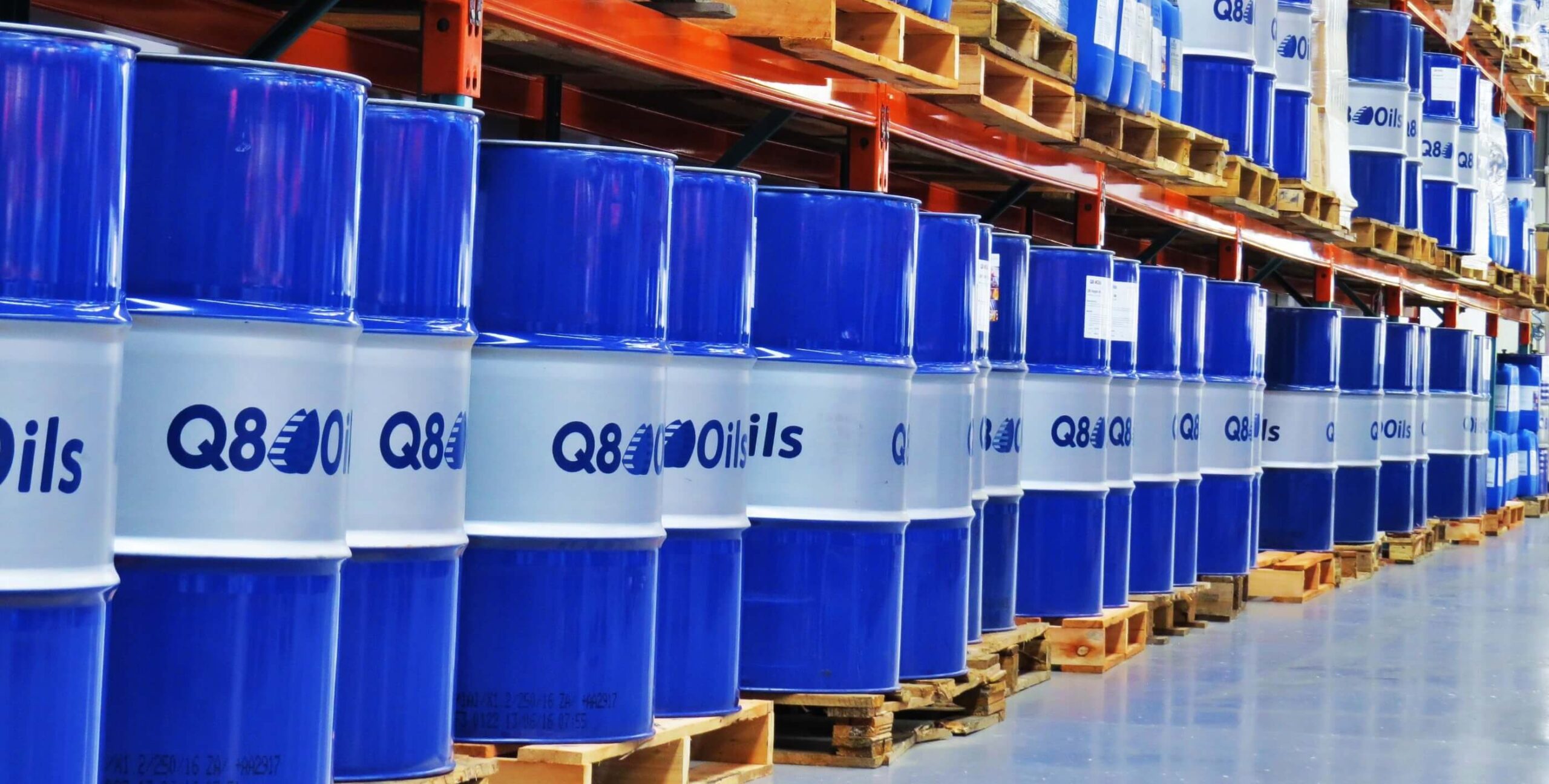In a recent survey Machinery Lubrication Magazine polled several lubricant suppliers to get their recommendations for lubricant storage life. The publishers were attempting to identify a consensus of opinion, or at least a reasonable range, to share with their readers as a best practice. They found a startling variation in responses and a concerning degree of disagreement. In some cases, those polled were apprehensive to respond, most probably because they have no control over storage conditions once the product leaves their plant. The storage environment greatly affects the estimated shelf life of lubricating oils and greases. The following conditions have a major influence on lubricant storage life:
Temperature – Both high heat and extreme cold can affect lubricant stability. Heat will increase the rate of oil oxidation. Cold can result in wax and possible sediment formation. In addition, alternating exposure to heat and cold may result in ‘breathing’ of drums and possible moisture contamination. A temperature range of -10°C to 45°C is acceptable for storage of most lubricating oils and greases. Ideally, the storage temperature range should be from 0°C to 35°C.
Light – Exposure to bright light may impact color and appearance. Lubricants should be kept in the original metal or opaque plastic containers they were supplied in.
Water – Water will react with some lubricant additives. It can also promote microbial growth at the oil/water interface. Lubricants should be stored in a dry location, preferably inside or at least under cover. When storage of drums outside is unavoidable, they should be placed horizontally (on their side) with the bungs in the 3 and 9 o’clock positions. This allows the water to drain off and not to be drawn into the drum.
Particulate Contamination – Lubricant drums and pails should not be stored in areas where there is a high level of airborne particles. This is especially important when a partially used container is stored for later use.
Atmospheric Contamination – Oxygen and carbon dioxide can react with lubricants and affect their viscosity and consistency. Keeping lubricant containers sealed until the product is needed is the best protection.
The estimated shelf lives on the following page apply to products stored in their original sealed containers, in a sheltered environment, at suitable temperatures and under good housekeeping conditions. In addition, products should be used on a FIFO (First-In, First-Out) basis. FIFO rotation of stored products will ensure storage life is not accidentally exceeded.
ESTIMATED SHELF LIFE OF FINISHED PRODUCTS
| AUTOMOTIVE PRODUCTS | STORAGE LIFE |
| All Automotive Lubricants (PCMO, HDMO, 2T Oils, ATF, AGO, STOU, UTTO, etc.) | 3 Years |
| Brake Fluids (in their original sealed containers) | 1 Year |
| Antifreeze Coolants | 3 Years |
| INDUSTRIAL LUBRICANTS | |
| All mineral based lubricants | 3 Years |
| PolyAlphaOlefin based lubricants | 3 Years |
| Ester based lubricants | 3 Years |
| PolyGlycol based lubricants | 2 Years |
| Soluble metal working fluids | 9 Months |
| Neat metal working fluids | 18 Months |
| Neat forming oils, protective oils and spark erosion fluids | 3 Years |
| GREASE | |
| NLGI GRADE ≥ 1 Lithium and lithium complex, lithium/calcium complex, aluminium complex, barium and calcium sulfonate grease
Aluminium, bentonite clay, calcium & calcium complex, sodium, polyurea and silicon greases |
3 Years
2 Years |
| NLGI GRADE <1 All thickeners | 2 Years |
NOTE: The estimated shelf lives in the table above apply to products stored in their original sealed containers, in a sheltered environment, at suitable temperatures and under good housekeeping conditions.


